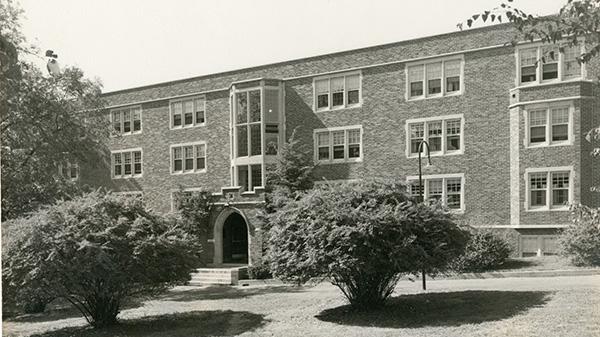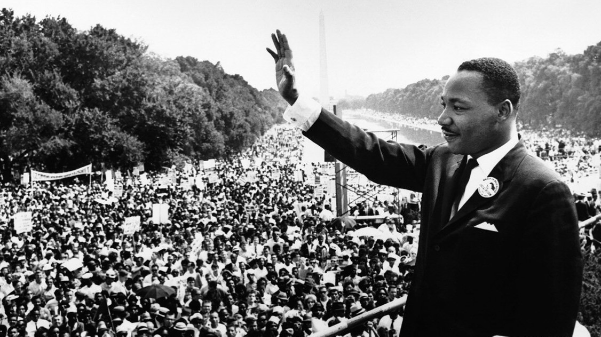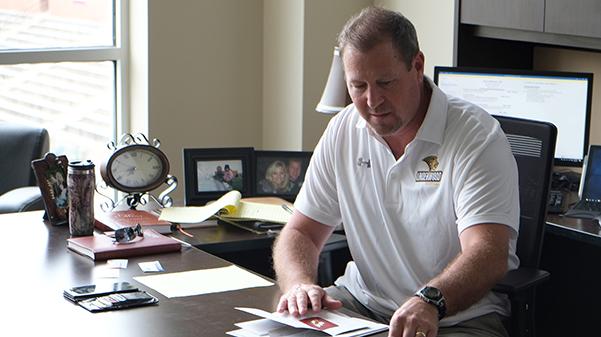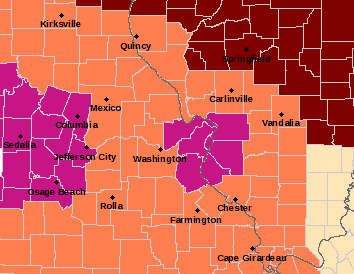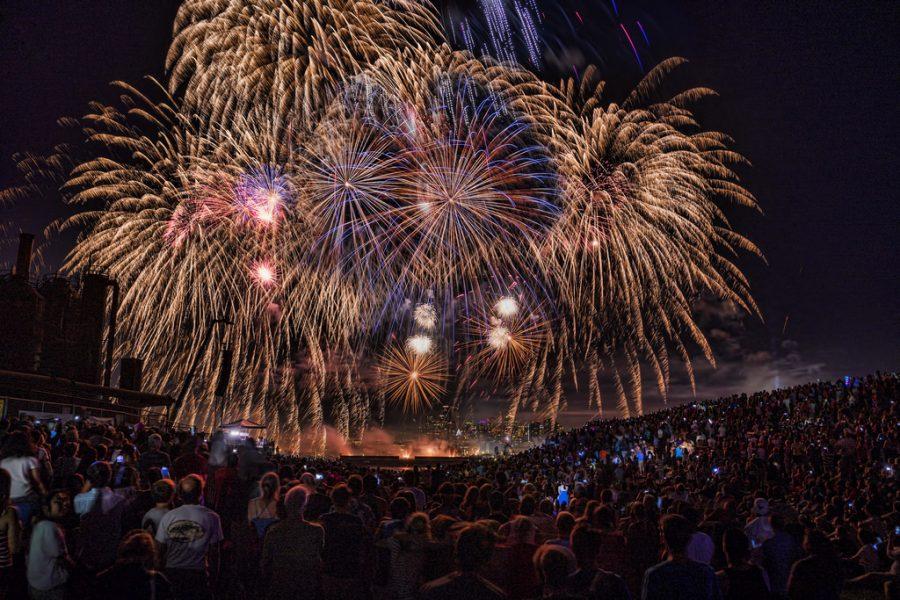
Michael Sprague | The Legacy staff
Posted February 11, 2014; 9:30 a.m.
Feature photo courtesy of Mary Ambler Archives, Lindenwood University.
This story is part of the “Names that built LU” weekly series issued by The Legacy that has been profiling 28 campus buildings named after Lindenwood personnel.
During the first 32 years of his time as a Lindenwood College board member, Thomas Cobbs saw the campus grow. He saw eight buildings erected during that time span, all named after people close to the college. Cobbs began working as a member of the board in 1917. Prior to that, Cobbs was a bit of an explorer.

Born in Fairview Township, Mo. in 1868, Cobbs always seemed to be associated with education. After attending multiple colleges near his home town he eventually graduated with a Bachelor of Science degree in 1889 from Odessa College. Cobbs went on to become principal of public schools in Blue Springs, Mo. for just one term. He moved to become the principal of Slater (Mo.) High School, again for just one term.
After one more venture in public schools, this time in Roodhouse, Ill., Cobbs started his journey into law at Washington University’s St. Louis Law School.
Cobbs earned his Bachelor of Arts from the university in 1896. After being admitted to the Bar of Missouri, Cobbs attended Yale Law School, where he graduated in 1897 with his LL. B.
Having been involved with some of the biggest cases in the St. Louis area after his return in 1901, Cobbs was a good fit when he joined the college board of directors in 1917. He was intelligent, well educated and familiar with the area. All three characteristics helped Cobbs and the rest of the board shape Lindenwood College into the university it is today.
At the time the building was dedicated to Cobbs in 1949, he was the longest active serving member of the board with more than 32 years of experience. Outside of his duties on the board, Cobbs also handled much of the colleges legal matters.

The most prominent of those deals came when he helped handle the settlement of the late James and Margaret Butler estate. Like many of LU’s early figures, Cobbs was a religious man, always keeping his faith close to him. He was a member of the Second Presbyterian Church in St. Louis.
Cobbs lived to the age of 91, finally losing a battle with heart disease in 1959.




